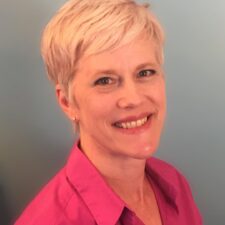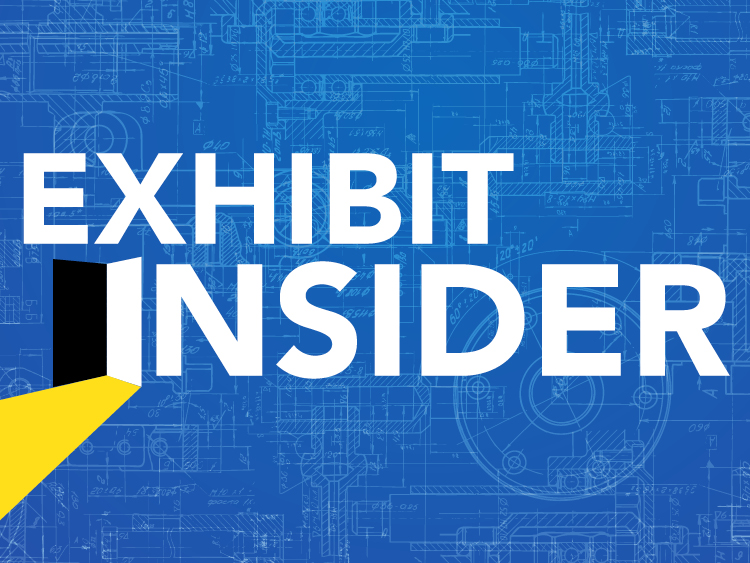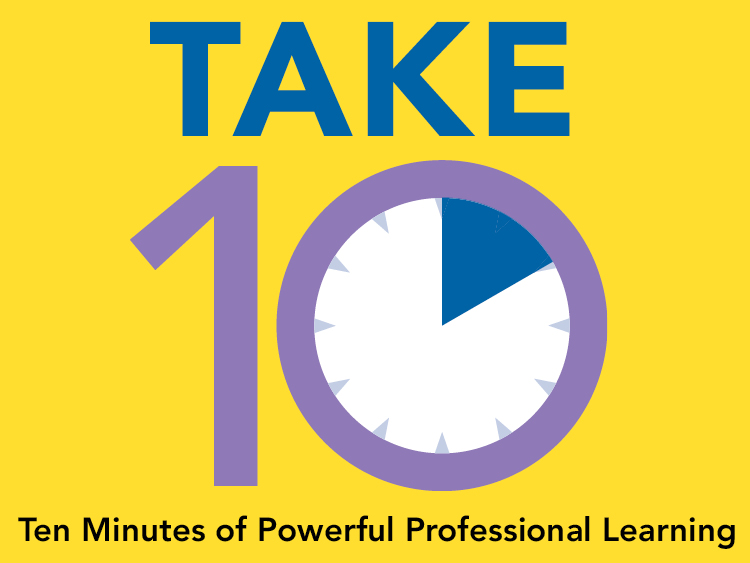This is the final essay in a year-long series of blogs about the Nature of Science and Culture in the Classroom. Click here to read the previous blog in the series from December.
Welcome back, friends and colleagues! We are at the end of our year-long journey to explore bias in our classrooms and ways we can use the Nature of Science (NOS) to create a classroom culture that promotes equity in NGSS instruction. I have been back in the classroom for six months now and doing my best to follow my own advice. The most important lesson that I have personally learned is to stay attuned to the students and consider ways to gather and use their feedback. I keep my focus on Universal Design for Learning (UDL) and remember that sometimes the best way to address feedback is to increase options for students so that everyone can get what they need.
We began this series in Black History Month and started our exploration with implicit bias due to race. In writing this series, I have become much more aware of the ways that implicit bias creeps into my own planning and instruction. To wrap up our series, let’s consider students in major racial and ethnic minority groups and the Nature of Science (NOS) idea that science is a way of knowing. There is a lot of overlap between this blog and our previous blog in December. The strategies in both focus on improving relationships between school and our students’ communities, tapping into who our students are as people and members of different cultures, and celebrate what our students bring with them.
Use culturally relevant pedagogy.
To support students’ cultural identities in science instruction, we can create an inclusive classroom that supports positive ethnic and social identities and choose justice-centered phenomena and investigations. One way to do this is to recognize that language matters. Honoring the language that our students use matters. Teachers can be biased against children that don’t sound like them, including students from different racial, ethnic, or cultural groups as well as English Language Learners. Language matters because it shapes thinking. Rather than ask why the achievement gap persists, which highlights a deficit mentality, Gloria Ladson-Billings promotes asking what is going well in Black families and communities. Focusing on assets is one way to support positive ethnic and social identities. Even using a term that may seem innocuous, like “at-risk students,” has ramifications for the identities of those students. Having complex conversations about race, identity, culture, and language in the classroom helps all students.
From a curriculum perspective, justice-centered phenomena and investigations allow students to meaningfully connect to science learning. Consider this progression – prior to the Next Generation Science Standards (NGSS), students might have been introduced to a new unit by being told that they would now be learning about sun, moon, and Earth interactions due to gravity. As we shift with the new standards, we can introduce that same unit with the phenomenon– Why isn’t the moon visible at all times? With justice-centered instruction, students now launch that unit from the question, How does tidal flooding affect coastal communities in our state? Talk about engagement! Students get an opportunity to explore how science can help them understand and solve real community problems. At its most intricate, justice-centered instruction naturally leads to collaborative curriculum development with educators and community members. The community helps shape the curriculum and learning becomes fully intertwined with the needs and perspectives of the local community.
One asset we have here in Connecticut is that there are multiple nations in our local region – we have Part of the cultural funds of knowledge of Indian tribes includes Traditional Ecological Knowledge (TEK), which embodies thousands of years of observation, experience, and environmental protection. This way of knowing uses scientific thinking and engineering design to ensure the survival of people, ecosystems, and the land as a whole. An inclusive instructional approach values both this perspective and the Western STEM perspective. Using culturally responsive lessons is a way to tap into students’ cultural learning style. We can even reset the STEM experience expectations for our own classrooms with collaborative norm setting, for example, as this teacher did using a gallery walk in a third grade bilingual classroom.
Offer role models of similar racial and ethnic backgrounds.
Last time, we talked about the NOS idea that science is a human endeavor. In order to really get this, all students must be exposed to the science and engineering being done around the world by diverse groups of people. Providing these role models and examples is especially important for children in racial and ethnic minority groups. For ideas, Dive in with a personal focus with these five biographies of Black people in STEM. Increase teaching about Black history and contributions of Black people across disciplines and throughout the year. Support all high school students in taking the new required elective course on Latino and African American studies and explore cross-disciplinary projects that bring together social studies and science. And as we considered last time, be flexible in who can serve as role models for STEM skills and by embracing those outside of STEM professions as well. Bring as many role models as you can into the classroom in person, by teleconference, or in texts.
Some final thoughts.
Because of on-going racial segregation in Connecticut neighborhoods, many classrooms remain effectively segregated in student enrollment. So, how much of the guidance in this blog applies to classrooms of mostly white students? Well, all of it. All students need to develop the ability to question existing social constructs. Attempting to be color-blind or ignore race completely can add to the stress felt by students of color. Schools and teachers need to have conversations specifically about race and the conversation about racism in science is still on-. Continuing this open dialogue can lead to a more inclusive, equitable classroom, future STEM workforce, and society.
In much the same way that students can be members of multiple non-dominant groups, many of the suggestions in the blogs across this series are effective with students from multiple groups. Taken together, we are working to improve inclusion at every level – every community, every ability, every interest, every student. Throughout our series, we have been driving our suggestions with research-backed strategies for the needs of different groups of students. But, students may be members of other groups for which research is lacking, for example, LGBTQI+ students. In these instances, becoming better informed and thinking more about inclusion are always good first steps.
More than anything over the course of this series, I hope to have raised in you, the reader, the habit of questioning. Why do I do what I do, think what I think, and say what I say? How can I include more people, on more levels? How can I foster these habits in my students? And how can we all use science as a lens to pursue social change for our students for their education and beyond?
Be well and be open. Thanks for reading!
This content was made possible in part by the Institute of Museum and Library Services.

Gail Mitchell Emilsson is a former Professional Learning Specialist for the Connecticut Science Center’s Mandell Academy for Teachers as well as a veteran high school science teacher. This year, she returned to the classroom to teach 6th grade science in Cromwell, Connecticut. Gail looks forward to continuing instructional equity conversations across districts while in her new role and getting fresh ideas from her new students.



